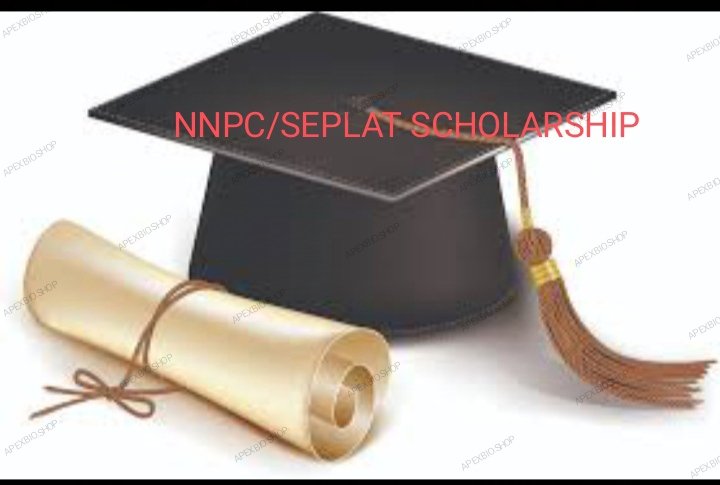How to Write a Research Grant Proposal
Securing a research grant can be a stepping stone in your academic or professional life. Whether you’re a student just starting out, a young researcher trying to grow, or even someone with years of experience, getting the right funding can help you bring your ideas to life, connect with others in your field and maybe even make serious impact in the world.
But here’s the thing getting a research grant isn’t just about having a great idea. It’s also about being able to explain that idea clearly, confidently and in a way that matches what the funding body is looking for. If you have ever wondered how to write a research grant, this guide will walk you through the basics of writing a solid research grant proposal without any confusing jargon.
1. First step on how to write a research grant proposal isto understand what the grant is about
Before anything else, take time to read the grant call properly. Every grant has its own focus, rules, and expectations. Some are meant for health-related projects, others for education, technology, or community development. Make sure that what you are writing fits the theme.
Other things that are important is knowing who can apply, how much money is available or involved and knowing if there any special instructions. If your proposal doesn’t match what they want, it likely won’t go far.
2. Next step on how to write a research grant proposal is to select a meaningful and relevant topic
Pick a topic that you care about and that solves a real problem. It should be something that is important and relevant.
Make sure that the topic you are selecting can actually be done with the time and money available. Also ensure the topic is offering something new or useful not common. Also make sure that the topic has clear benefits to people and society
3. The next stage on how to Write a Research Grant Proposal is by following the Proposal Step by Step
Most research grant proposals follow a simple structure.
First, make sure that there is a title and summary. You have to come up with a short and clearly stated title. Then write a brief summary of your research what you want to do, why it matters, and how you’ll do it. Keep it simple and straight to the point.
Next phase is the background, here you need to explain the problem you want to solve. Talk a bit about what others have said or done on the topic (but don’t overdo it). Show why your idea is needed now. The gap in your research should also be started here
Next step is to write out what you hope to achieve with your research (objectives). Keep your objectives realistic and clear.
After stating your objectives, you will need to explain how you intend to carry out the project i.e your methodology. Questions like What methods will you use? Where will you collect data? How long will it take? Should be answered here. Try to be clear and detailed, but don’t overcomplicate it.
You also need to explain why your topic or research matters. Here you will explain how your research can help people, solve a problem or add something new to your field. This is your chance to show the value of your idea.
The next stage in writing a research grant is the timeline. Here you will break down your project into stages and explain what you’ll do each month or week. This helps the reviewers see that you’ve planned things out.
Next step is the budget, you need to list how much money you’ll need and how you’ll spend it. Make sure your budget matches your project don’t ask for too much or too little.
Finally, add a short note about your background. What have you done before? Why are you the right person for this project?
4. The next step is to follow the rules
Make sure you stick to the format and word limits. Some grants want single spacing, specific font sizes, or page numbers. Follow all the instructions closely.
INTERNATIONAL SCHOLARSHIPS YOU CAN GET THROUGH GRANTS
University of Alberta Scholarship | See eligibility, benefits and how to apply.
John Monash Scholarship Australia | See eligibility, benefits and how to apply.
Eric Bleumink Scholarship | See eligibility, benefits and how to apply.
5. Ask for Feedback
Before submitting, show your proposal to a friend, colleague, or mentor. A fresh set of eyes can catch mistakes or suggest better ways to explain something.
6. Submit Early
Try not to wait until the last minute. Sometimes websites crash or documents upload slowly. Give yourself some time in case anything goes wrong.
Final Remarks
Even if you don’t get the grant the first time, don’t lose hope. Many successful researchers faced rejections before finally getting funded. Use feedback, improve your proposal and keep trying..
Also note that writing a good research grant proposal isn’t about using big words or sounding overly academic. It’s about being clear, honest, passionate about your idea and showing that you have thought it through. If you do that well, your chances of success go way up.
Stay Updated on Scholarships by joining us on Social Media Platforms
Twitter@apexbio24
Similar Posts
Course that might not make sense doing in Nigeria unless you have a plan
Course that attract international scholarships






